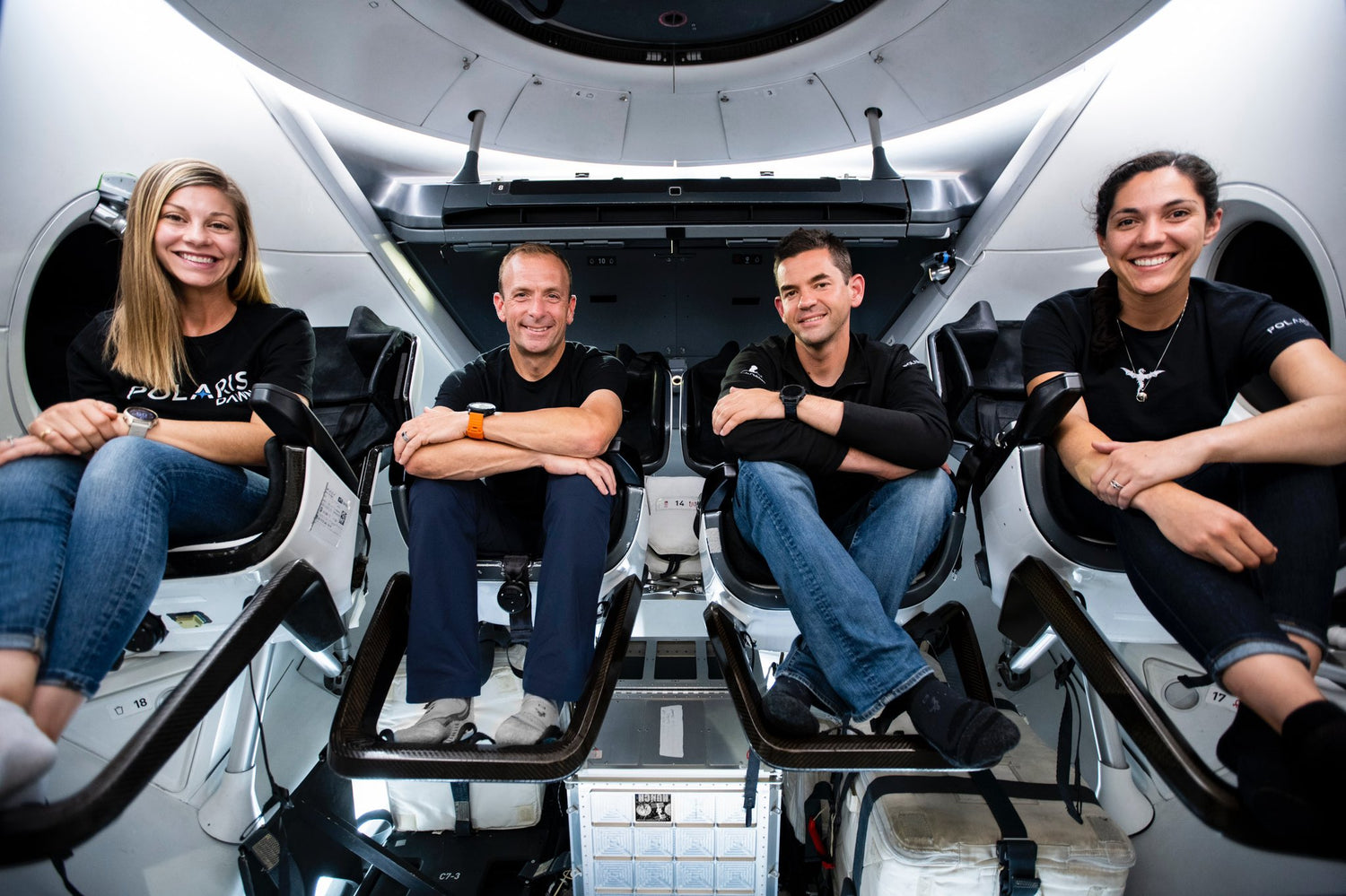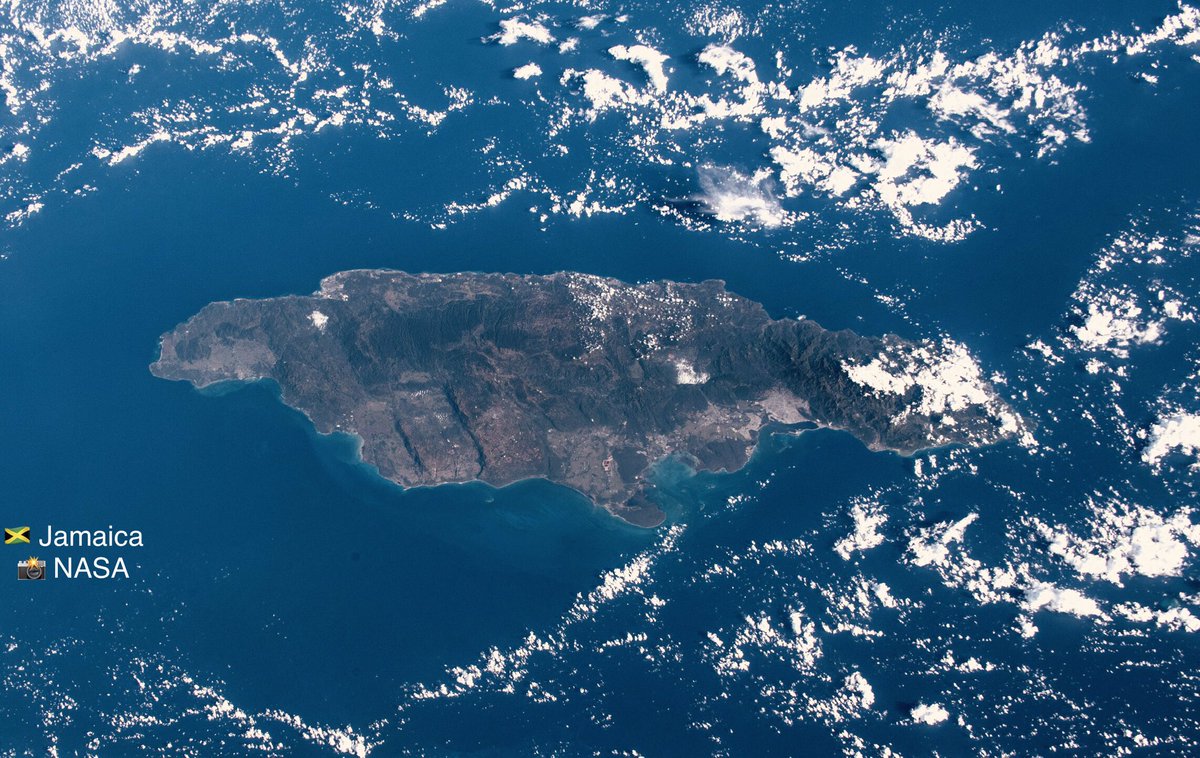The Polaris Program is led by Shift4 Payments founder Jared Isaacman who served as commander during SpaceX's first all-civilian Inspiration4 mission in September 2021. Isaacman paid for the space voyage to conduct science research and fundraise for St. Jude Children's Research Hospital. In February, Isaacman announced that he purchased three more SpaceX flights that will also be dedicated to fundraise the children’s hospital and serve to test new spaceflight technologies, as well as conduct scientific research. The first two flights will launch Isaacman aboard Crew Dragon and the third will be a Starship flight.
The Polaris Program's first mission will launch Isaacman alongside retired United States Air Force Lieutenant Colonel Scott ‘Kidd’ Poteet, SpaceX Lead Space Operations Engineer Sarah Gillis, and SpaceX Lead Space Operations Engineer Anna Menon. Gillis and Menon are great assets to fly into space because they both lead human spaceflight programs and operations at SpaceX – there is no better way to improve the spacecraft and astronaut training procedures than to experience spaceflight firsthand. The Polaris Dawn mission quartet has been training since the beginning of the year.
During their mission, Dragon will fly to the highest altitude ever flown since humans last went to the Moon half-a-century ago. They will travel to 1,400 kilometers above Earth and will make history as the first civilians to ever conduct a spacewalk to test SpaceX's new extravehicular activity (EVA) spacesuits. SpaceX is targeting no earlier than March 2023 for Falcon 9's launch of the Polaris Dawn mission from Launch Complex 39A at NASA's Kennedy Space Center in Florida.
Today, representatives announced the extensive science research the crew will perform during their five-day spaceflight. "Polaris Dawn, the first of up to three spaceflights in the Polaris Program, endeavors to rapidly advance human spaceflight capabilities by demonstrating new technologies and conducting extensive scientific research to expand our knowledge of humans adapting, living and working in space. The 38 selected projects from 23 partner institutions are designed to advance both human health on Earth and on future long-duration spaceflights," said Polaris Program representatives in a press release on October 24.
"The mission profile of Polaris Dawn affords us some great opportunities to expand our collective knowledge about the human body in space and associated applicability here on Earth. Our science and research agenda will enhance the body of knowledge for future long-duration spaceflight which will take us back to the Moon and on to Mars; as well as progress our knowledge and understanding for humankind here on Earth. The Polaris Dawn team along with the exceptional science and research team at SpaceX cast a wide net to find the best experiments to fly with us. We greatly appreciate all of the submissions and enormous support of the work. Polaris Dawn is the first mission in the Polaris Program and our goal is to continue to find the best research out there for our future spaceflights," stated Isaacman.
The scientific projects range from studying how the human body and mind reacts to spaceflight to plant growth in microgravity. Perhaps, one of the most interesting science experiments the Polaris Dawn crew will conduct is wearing a high-tech contact lens embedded with microelectronics that will allow the crew to continuously monitor changes in the shape and pressure of the eye in microgravity environment. This new technology has never been tested in space. The program shared a photo of the crew wearing the lenses in one eye, shown below. The contact lenses are capable of collecting data that will contribute to the understanding of spaceflight associated Spaceflight Associated Neuro-Ocular Syndrome (SANS), a condition that can cause degraded vision and poses a risk for human performance during a mission. This science research is designed by the University of Colorado Boulder. Anna Menon shared a short video clip wearing the futuristic-looking contact lens, linked below.

Photo (left to right): Jared Isaacman, Scott Poteet, Sarah Gillis, and Anna Menon. / Source: Polaris Program via Twitter.
Eye will be back…for research. Polaris Dawn will carry with us on our mission 38 experiments from 23 partner institutions, including this device that measures intraocular pressure through a contact lens. See https://t.co/VHKqpel7BB for more! pic.twitter.com/QBGqziW4Ij
— Anna Menon (@annawmenon) October 24, 2022
Another interesting research the crew will conduct is designed by the United States Air Force Academy which will launch its first low-Earth orbit botanical space experiment on the Polaris Dawn mission. "This investigation of microgravity, magnetic, and fungal influences on root growth will inform plant growth procedures for food viability and sustainability on the Moon or Mars. Additionally, this experiment will provide actionable physical and genetic data relative to plant growth to improve food production here on Earth," says program representatives.
Polaris Dawn and SpaceX will collaborate with 23 institutions on the selected experiments, such as the Translational Research Institute for Space Health (TRISH), University of Texas, Houston, University of Augusta, University of Colorado Boulder, Baylor College of Medicine, Medical University of South Carolina, Pacific Northwest National Laboratory, Weill Cornell Medicine, Johns Hopkins University Applied Physics Laboratory, and the U.S. Air Force Academy. For a full list and description of the selected science & research experiments and associated institutions, visit Polaris Program's official website: https://polarisprogram.com/science-research/.
Today we announced the extensive suite of science and research experiments the Polaris Dawn crew will conduct throughout our mission → https://t.co/xYv9JvjA2Y pic.twitter.com/dQcy9NH3fR
— Polaris (@PolarisProgram) October 24, 2022

All Featured Images Source: SpaceX & Polaris Program








